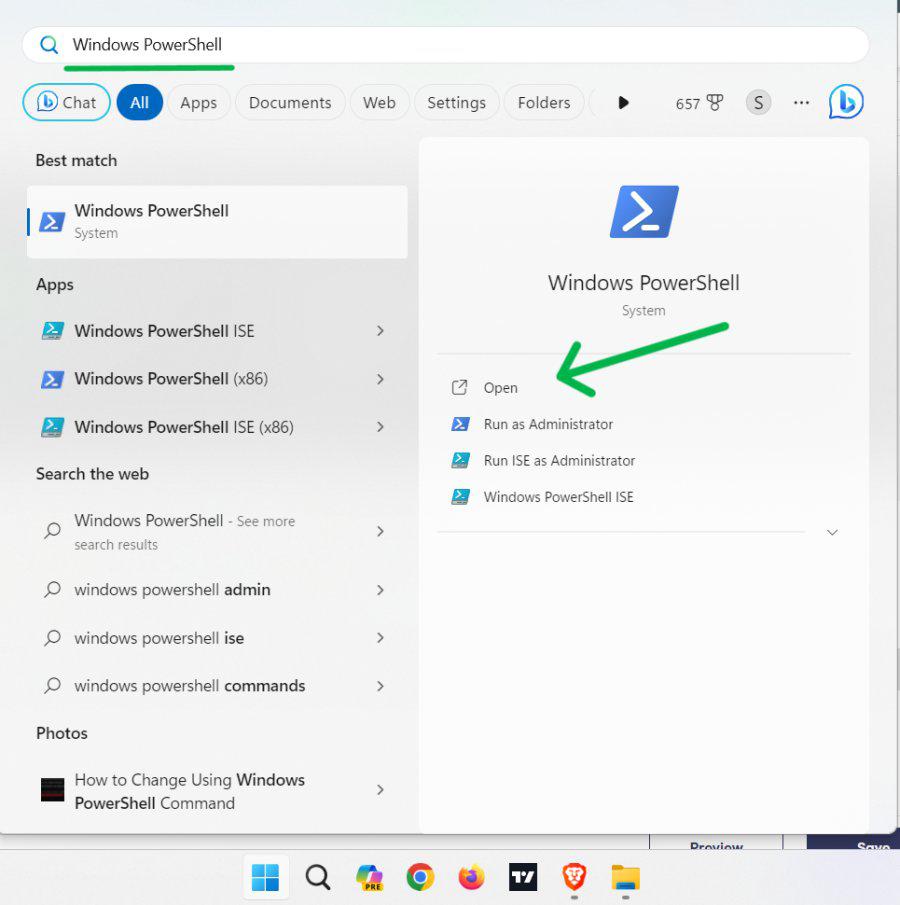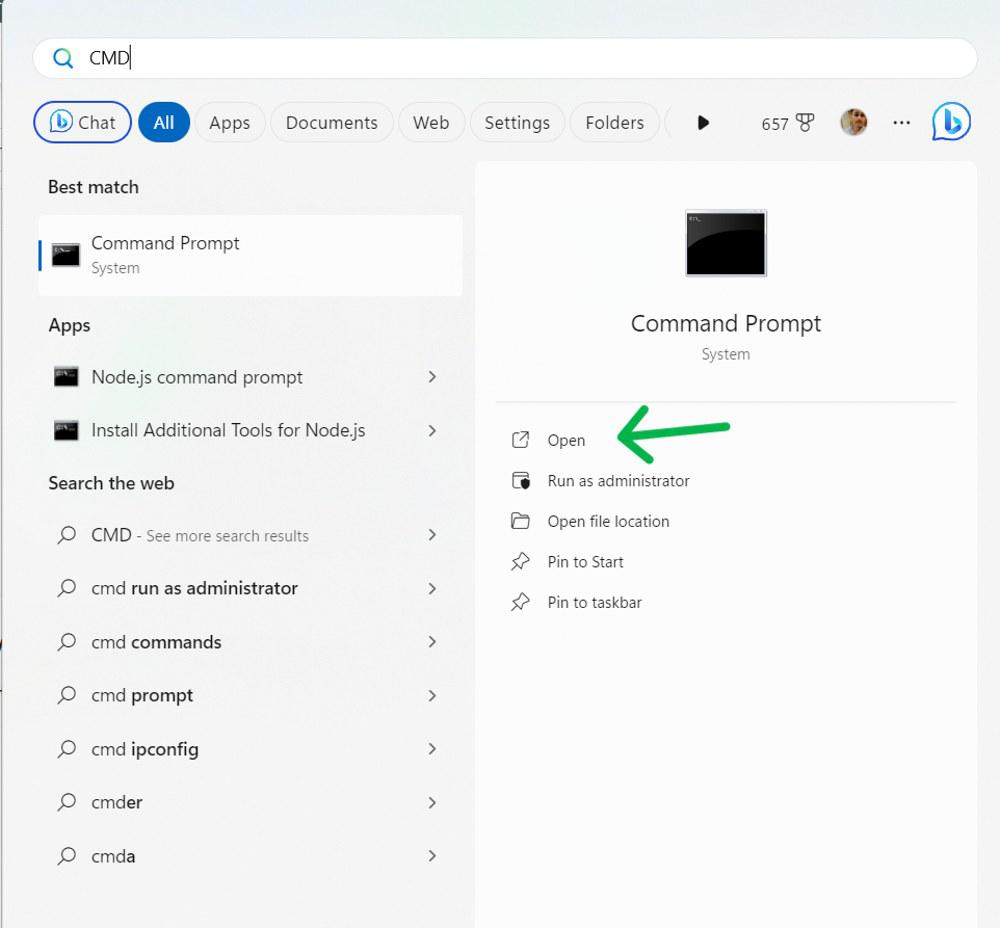How to Install Chocolatey Package Manager on Windows?
Last Updated :
23 Feb, 2024
Chocolatey is a package manager for Windows that gives you a command-line approach to install, update, and remove software. It makes managing software on a Windows PC easy and saves you time and effort.
In this article, we will show you how to install the Chocolatey package manager on Windows 11.
Prerequisites to Install Chocolatey Package Manager
- Windows 7 or later / Windows Server 2003 or later
- PowerShell v2 or later
- .NET Framework 4 or later
What is Chocolatey?
Chocolatey is a free, open-source package manager for Windows that works similarly to Apt or DNF on Linux. It is a program that installs software via the Windows command line, downloads and installs programs, checks for updates and installs them automatically when necessary.
Choco is a one-of-a-kind software management solution that enables users to create a software deployment package using PowerShell and deploy it using a variety of Windows tools such as Puppet, SCCM, Altiris, and Connectwise Automate.
Method 1: Install Chocolatey Package Manager Using PowerShell
Step 1: Press Win +S then on the search bar type “Powershell” and click on “Run as administrator“

Step 2: Type each of these commands and press the Enter key after typing each one
Set-ExecutionPolicy AllSigned

Step 3: Wait for the script to finish running. you can confirm it by running the command in a new CMD or Powershell instance.
Step 4: After installing Chocolatey, you can confirm it by running the command in a new CMD or Powershell instance.
choco -v

Method 2: Install Chocolatey Package Manager Using Command Prompt
Step 1: Press Win +S then on the search bar type “CMD” and click on “Run as administrator“

Step 2: Type the following command to install Chocolatey Package Manager
@"%SystemRoot%\System32\WindowsPowerShell\v1.0\powershell.exe" -NoProfile -InputFormat None -ExecutionPolicy Bypass -Command " [System.Net.ServicePointManager]::SecurityProtocol = 3072; iex ((New-Object System.Net.WebClient).DownloadString('https://chocolatey.org/install.ps1'))" && SET "PATH=%PATH%;%ALLUSERSPROFILE%\chocolatey\bin"

Step 3: Wait for the script to finish running. you can confirm it by running the command in a new CMD or Powershell instance.
Step 4: After installing chocolatey, you can confirm it by running the command in a new CMD or Powershell instance
choco -v
More Useful Software to Install with Chocolatey
- choco install vscode to install Visual Studio Code.
- choco install python to install Python.
- choco install nodejs to install Node.js.
- choco install Chrome to install Google Chrome
Conclusion
In Conclusion, We have demonstrated the process of installing Chocolatey, and the method of using it for the installation of some other valuable software on your Windows PC. Chocolatey is a useful package that can facilitate your software management and boost the speed of the process. You can see more packages at the Gallery and create your own packages if you want
Also Read
Frequently Asked Questions to Install Chocolatey Package Manager on Windows
How to Use Chocolatey Package Manager on Windows
To install Chocolatey on Windows, Follow these steps:
Press Win + S, type “CMD,” and select “Run as administrator.” Then, paste and execute this command in the Command Prompt:
@"%SystemRoot%\System32\WindowsPowerShell\v1.0\powershell.exe" -NoProfile -InputFormat None -ExecutionPolicy Bypass -Command "[System.Net.ServicePointManager]::SecurityProtocol = 3072; iex ((New-Object System.Net.WebClient).DownloadString('https://chocolatey.org/install.ps1'))" && SET "PATH=%PATH%;%ALLUSERSPROFILE%\chocolatey\bin"
What is the path for Chocolatey in Windows?
Chocolatey is typically installed in the C:\ProgramData\Chocolatey directory on Windows by default.
How do I install apps with Chocolatey?
To install an app with Chocolatey, Follow these steps:
Press Win + S, type “CMD,” and select “Run as administrator.”, type “choco install” followed by the app name, press Enter, then type “Y” and press Enter again to confirm.
Share your thoughts in the comments
Please Login to comment...